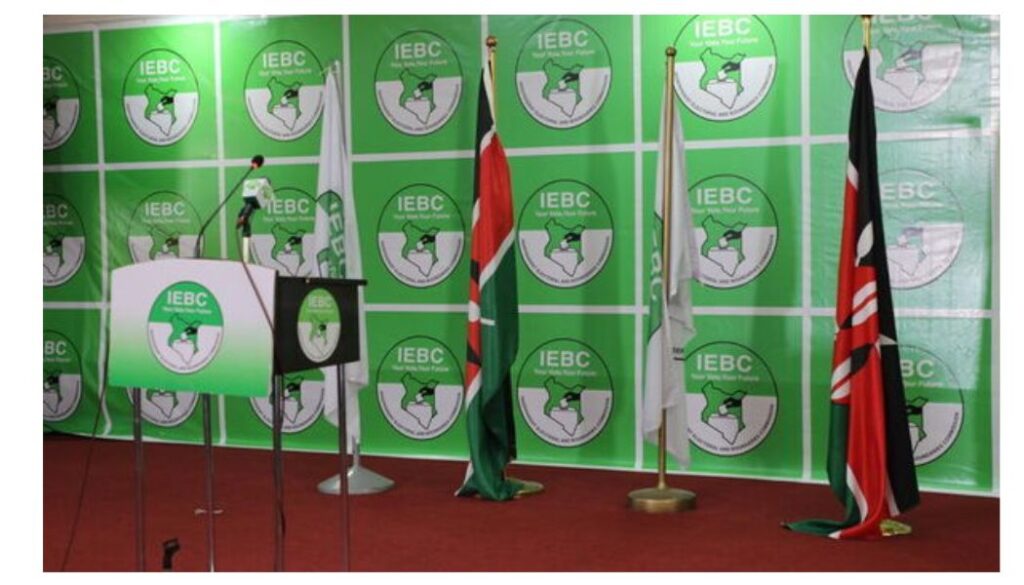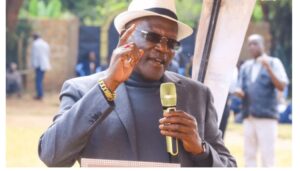IEBC proposes shared broadcast signal for transmitting 2027 general election results

IEBC proposes shared broadcast signal for transmitting 2027 general election results
The Independent Electoral and Boundaries Commission (IEBC) has proposed a shared broadcast signal for the 2027 General Election, citing the risk of competing media tallies. This would mean all broadcasters receive the same content at the same time.
During a consultative roundtable with Kenyan Media Organisations on Wednesday, August 6, IEBC Chief Executive Officer (CEO) Marjan Hussein Marjan noted that the proposal would assist in promoting the transparency of election results during the polls.
Marjan noted that multiple media houses tallying presidential results independently have the potential to cause public confusion and uncertainty and can be a catalyst for election skirmishes.
He urged media houses to work together with the commission to have a single signal from the IEBC that could be used to transmit results in a uniform manner.
“Multiple media houses, tallying presidential results independently, can cause public confusion and uncertainty. This is something that we need to renew our energies and focus on to improve, ” Marjan noted.
“So, can we align better this time? Can we explore a shared broker signal from the central results hub?” he quipped.
Typically, media houses do not have their own parallel systems for gathering results from polling stations. Instead, they rely on the IEBC’s public portal, where the commission uploads the images of Form 34A (the primary results form from each polling station) and Form 34B (the collated constituency results).
Gachagua warns opposition leaders planning to ditch ‘wantam’ movement
Several police officers injured in a Al-Shabaab attack
TSC under scrutiny over Ksh 433M payroll irregularities
President Ruto nominates Duncan Ojwang as new KNCHR chairperson
USA to review Kenya’s non-NATO ally status
However, they employ teams of people to manually download and key in the data from these forms into their databases. This is where their “independent” tallying begins.
The effect of this is that media houses end up having discrepancies that put IEBC on the spot over the legitimacy of the results. In the 2022 General Election, this approach led to different media houses displaying slightly different results at any given time.
This was caused by different factors. This might be because the media houses started tallying at different times, they had different numbers of personnel working on the tally, or processed the results in different sequences (e.g., some tallied in alphabetical order of constituencies, others in descending order of votes)
So while the media houses’ tallies were praised for promoting transparency and acting as a check on the IEBC, the temporary discrepancies caused public anxiety. There was no official “joint media tally”, and media houses had to clarify that their varying numbers were all sourced from the same IEBC portal and would eventually converge.
All the same, Marjan did not expound on the nuances of how the commission would approach the situation with the media houses, and he proceeded to invite the media stations to propose ways to reach a definitive conclusion.
Foreign Affairs PS responds on US reviewing Kenya’s non-NATO ally status
Politician shot dead while trying to escape police custody
Okiya Omtatah reveals his net worth
MPs term eCitizen platform a scam over corruption and theft
Government launches crackdown on lipsticks, cosmetics and tobacco products
Follow us






